Sleep apnea can be defined as a sleep-related breathing disorder that makes you stop breathing while asleep.
People with sleep apnea frequently experience breathing interruptions or pauses while asleep. As a result, sleepers might not be fully awake and continue to be unaware that their nighttime breathing is abnormal; although these interruptions don’t make a person wake up regularly; however, they lower the quality of their sleep.
In an effort to safeguard you, your brain tries to wake you up so that you can grasp enough breath, but this function disrupts your sleep and prevents you from getting healthy sleep. This issue can develop into significant consequences over time. However, carefully adhering to the recommended treatments makes this illness’s frequency extremely controllable.
In this article, we will discuss everything related to sleep apnea.
Types Of Sleep Apnea
Obstructive Sleep Apnea (Osa)
The most typical type of sleep apnea is obstructive sleep apnea. When your neck and head muscles relax while you’re sleeping, the surrounding tissue presses against your windpipe, which prevents air from passing through it, resulting in obstructive sleep apnea.
Central Sleep Apnea
A cognitive issue spurs this type of sleep apnea. In normal circumstances, your brain constantly controls your breathing, even while you’re sleeping. However, central sleep apnea happens when your brain fails to deliver instructions to keep breathing-related muscles active during sleep.
There are numerous causes of central sleep apnea, including:
- A heart attack.
- Hypoxia is a low blood oxygen level caused by a high altitude.
- Injury to your nervous system, particularly in the areas of your spinal cord or brainstem that control your breathing.
Mixed/Complex Sleep Apnea
There’s also a mixed/complex type of sleep apnea, a combination of both of the sleep as mentioned above apneas. Usually, this form has symptoms that are a combination of both obstructive events.
How Is Sleep Apnea Diagnosed?
A healthcare professional would generally ask you questions about your symptoms and medical history to diagnose sleep apnea. They’ll probably want you to get tested for sleep apnea if they think you have it based on your symptoms and responses.
Lifestyle Modifications to adopt when diagnosed with Sleep Apnea
Changing one’s way of life is crucial for restoring regular breathing, and doing some lifestyle modifications is the first step in treatment.
These modifications consist of the following:
- adopting a heart-healthy diet
- establishing restful sleeping practises
- reducing alcohol intake
- Sleeping on your side, maintaining your weight, and stopping smoking
Treatments To Cure Sleep Apnea
Continuous positive airway pressure (CPAP) therapy
This is the primary therapy for sleep apnea. It keeps the airway open by gently giving a steady stream of positive pressure air through a mask.
Some patients find it challenging to use CPAP and abandon the therapy before seeing any long-term improvements. However, there are various ways to make the equipment more comfortable and the adjustment process less complicated.
The parameters for the mask can be changed. For example, nasal problems may be alleviated by moistening the air that passes through the mask.
Surgery
In patients with OSA, various surgical techniques can expand the airway. Surgery can remove extra tissue or larger tonsils in addition to stiffening or shrinking obstructive tissue.
The patient may have the surgery at a hospital or a doctor’s office, depending on the extent of the procedure.




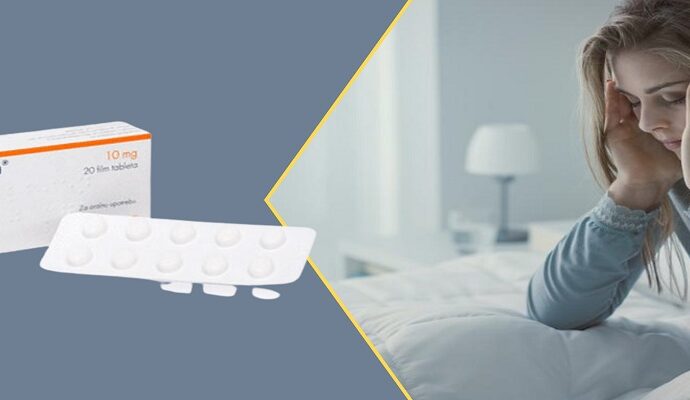
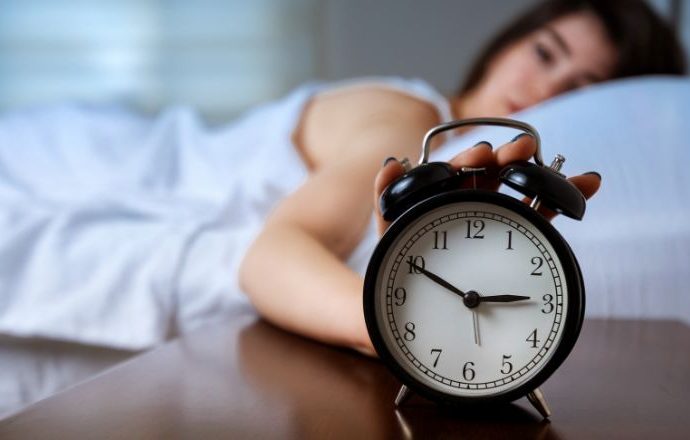
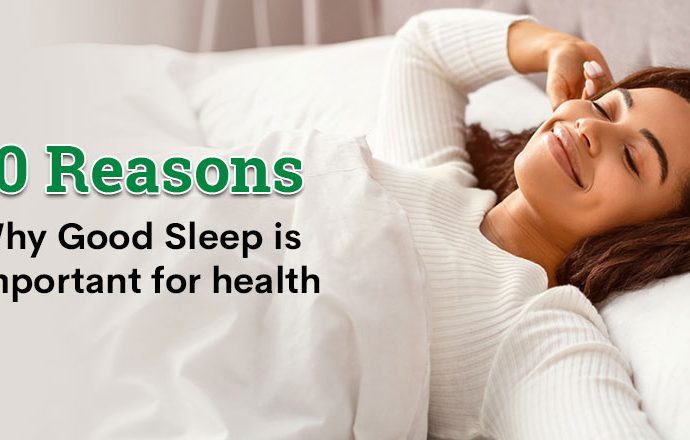
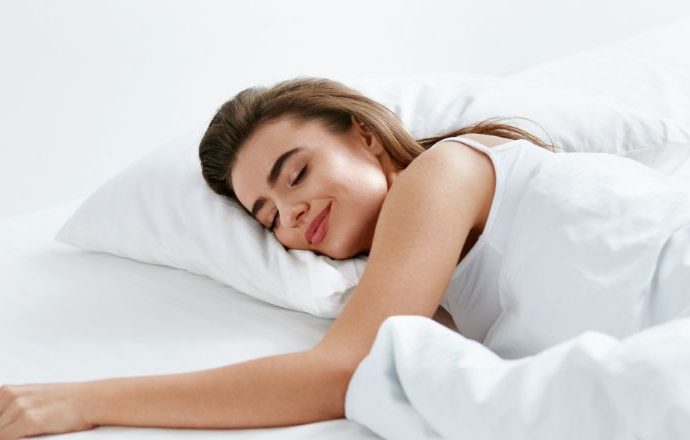
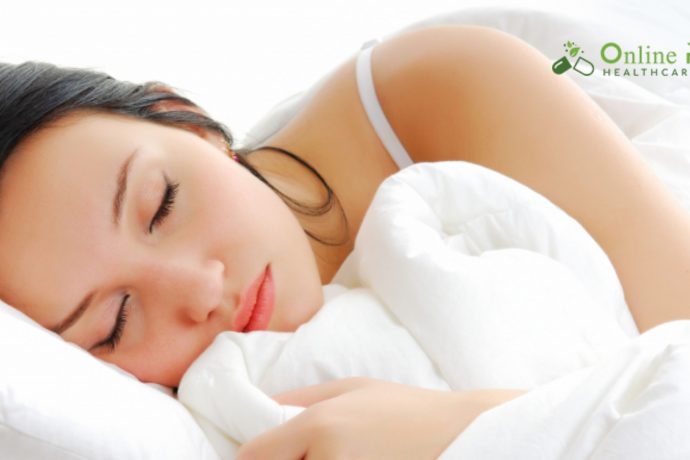

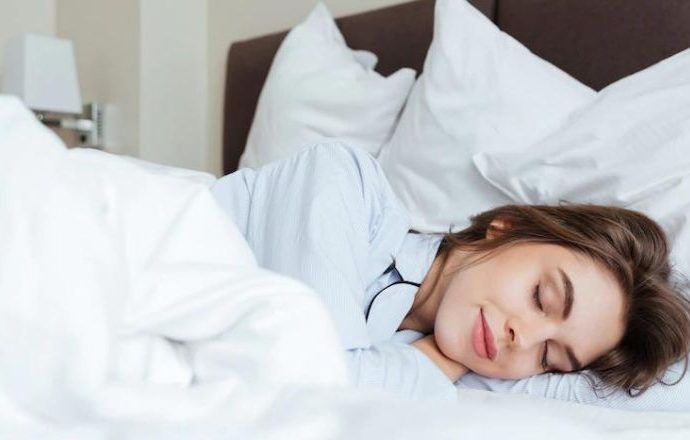

Leave a comment